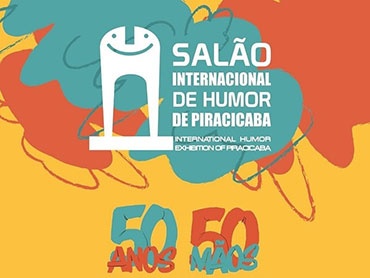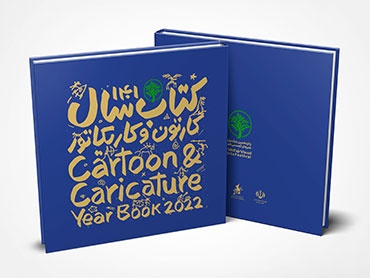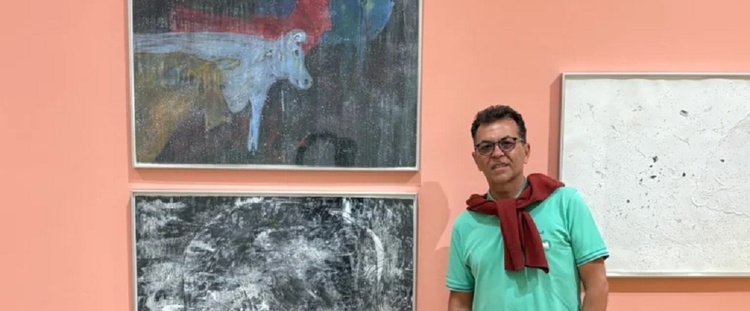
The Voice of Latino Art in the Heart of Manhattan
El Museo del Barrio: The Voice of Latino Art in the Heart of Manhattan
55 Years of Art, Identity, and Resistance
This is a museum born out of activism and consolidated as an institution.
Although it's located on Fifth Avenue in Manhattan, El Museo del Barrio doesn't enjoy the same influx of visitors as the others located on Museum Mile.
For travelers to New York, the popularly known museum, El Museo, doesn't always attract a massive audience.
Despite boasting spectacular galleries, it never has long lines, although in 2002 it was highly talked about after an exhibition of Frida Kahlo, an artist synonymous with mass appeal.
Another reason for the low attendance could be that the so-called stars of contemporary art aren't exhibited there, but it's still interesting and worth a visit to explore its offerings.
A different kind of museum near Museum Mile between the Guggenheim and Harlem
The museum, located in the East Harlem neighborhood, was founded in June 1969 to promote Latin American art with an emphasis on Puerto Rican artists.
The largest influx of Latino immigrants to the city comes from Puerto Rico, and it was from this community that their presence was promoted.
The original idea was to ensure that the children of Puerto Ricans would remain in touch with their historical, cultural, and musical origins, even at a time when they were so segregated within New York society.
Gradually, the museum has grown, and through several renovations, it has provided space for exhibition halls to host temporary exhibitions.
It was founded at the behest of Rafael Montañez Ortiz (New York, 1934) in a building that once housed a fire station.
Montañez, who directed it until 1971, is an artist, activist, and educator who played a leading role in the international Destructive Art movement in the 1960s. The Museum paid tribute to him in a retrospective held between April and September 2022.
Among the themes addressed by this artist are his interest in colonialism, destruction, authentication, magic, and animism.
The Museum is the leading institution hosting exhibitions of Caribbean and Latin American artists in the United States. Caribbean, Latin America, and the Diaspora Come Together in Art

In 2009, the Museum underwent a renovation, achieving a new façade that transformed its open-air courtyard into a glass-enclosed lobby. This, combined with its café serving typical Latin American cuisine, a book and artifacts shop, and a performance space, has generated another interest within Manhattan's cultural offerings.
The renovation was led by architect Gruzen Samton (New Jersey, 1934-2015) and cost $35 million.
The Museum also houses an Art Deco theater, which was restored in 2019.
The institution's collection boasts more than 6,500 pieces from the Caribbean and Latin American world spanning more than 800 years.
The exhibition is organized into four main sections: Modern and Contemporary Art, including works from 1950 onward; Graphic arts; Pre-Columbian and Taino objects (an indigenous people who inhabited the Greater Antilles, including Hispaniola (present-day the Dominican Republic and Haiti), Cuba, Jamaica, and Puerto Rico), and popular traditions.
Mestre Didi and Candida Álvarez illuminate the Museum
The exhibition "Mestre Didi: Spiritual Form" is currently on view until July 13.
This artist, who became known for transforming Candomblé ritual objects into artistic sculptures, was born in Salvador, Brazil, in 1917 and died in 2013.
His work fuses symbols, forms, and materials originating from the orishas as well as the deities of this Afro-diasporic religion.
From Candomblé to Puerto Rican abstraction: Latinx voices on stage
Didi has been the first artist to reimagine these ritual objects as works of art.
Beyond the current reinterpretations of Black artists, Mestre Didi, who began his career in the 1960s, has held major exhibitions, having participated in an exhibition at the MASP in São Paulo in 1988, at the Centre Pompidou in Paris in 1989, and at the 23rd São Paulo Biennial in 1996, where he achieved significant prominence, among other international and local exhibitions.
This is the first time his work has been exhibited in an American museum.
Rodrigo Moura bids farewell to the Museo del Barrio with two memorable exhibitions
The exhibition is curated by Rodrigo Moura, the museum's former chief curator (Belo Horizonte, 1975) from 2019 to 2025, with the collaboration of Ayrson Heráclito and curatorial intern Chloé Courtney. It features a catalogue with academic essays written by art historians Roberto Conduru and Abigail Lapin Dardashti, accompanied by biographer Joselia Aguiar.
It should be noted that Moura was appointed the new director of MALBA Buenos Aires in November 2024, having taken up the position last March.
Complementing the selection of more than thirty works by Didi, the exhibition features works by Emanoel Araújo, Jorge dos Anjos, Agnaldo Manoel dos Santos, Aurelito dos Santos, Ayrson Heráclito, Antonio Oloxedê, Abdias Nascimento, Arlete Soares, Nádia Taquary, Goya Lopes, and Rubem Valentim.
Colors, Symbols, and Memory: The Works of Cándida Álvarez Arrive in New York
Also occupying other galleries at the Museo del Barrio is the retrospective of Cándida Álvarez (New York, 1955) entitled "Circle, Point, Hoop," composed of 100 works.
The title, taken from a 1996 piece included in the exhibition selection, acknowledges the recurring theme of circles in her work and the literal and symbolic meanings associated with that form.
This is the first panoramic exhibition held in a museum, as well as her first solo exhibition in New York.
Álvarez, the queen of diasporic abstraction
The exhibition brings together works from her five decades of work, some previously unpublished, composed of diverse media such as painting, drawing, and collage, with both abstract and figurative works.
Álvarez, the daughter of Puerto Rican immigrants, is considered one of the most innovative and experimental painters within her generation of diasporic artists.
In her works, she combines personal and cultural memory with art historical references, incorporating wordplay and instances of everyday life.
Throughout her career, the artist has worked with diptychs and series, which has allowed her to explore the interaction between content and form.
An Artist in Series: Diptychs, Repetitions, and Variations
“I Am Boricua” is an early series in her career that includes early works she used to define herself as a Puerto Rican woman born in Brooklyn.
Jack Whitten was her mentor and professor at Fordham University at Lincoln Center.
The influence of the painter Georges Suerat (Paris, 1859-1891) can also be seen in her paintings in this area.
The work “Giving Birth” from 2015 is inspired by that series.
The series “The Numbers,” which she created from the late 1980s to the mid-1990s, has facilitated her use of disparate languages such as narrative painting, gestural abstraction, and conceptual art.
Read more
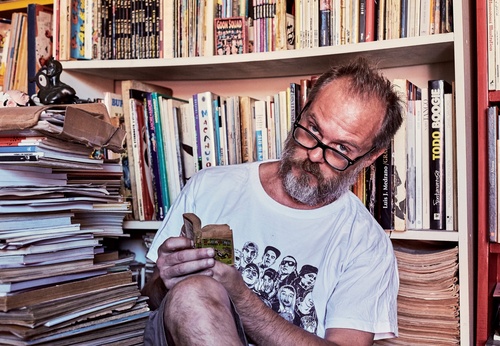
- November 28, 2025
Gallery of Cartoon by Diego Pares - Argentina
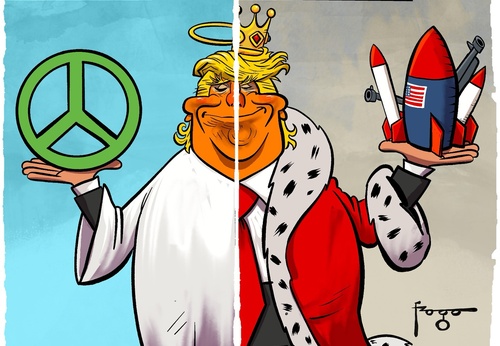
- November 28, 2025
Gallery of Cartoons by Gilmar Fraga – Brazil 2
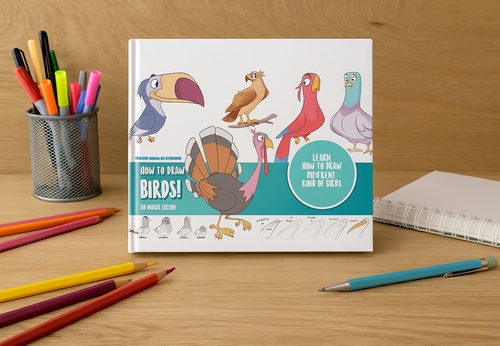
- November 28, 2025
How to Draw Birds by Mitch Leeuwe
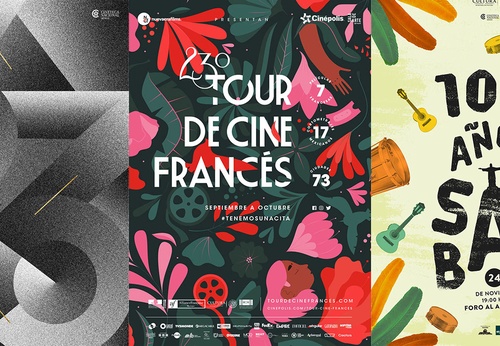
- November 27, 2025
Gallery of Poster Design by Jorge Mares – Mexico
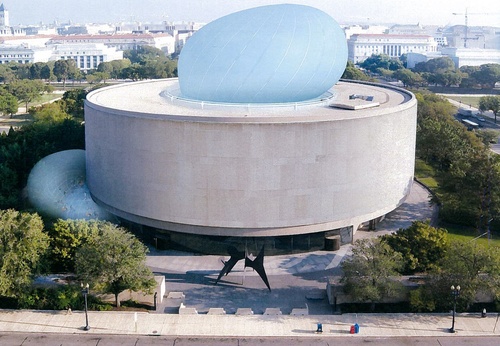
- November 27, 2025
New Curatorial Discourses in Latin America
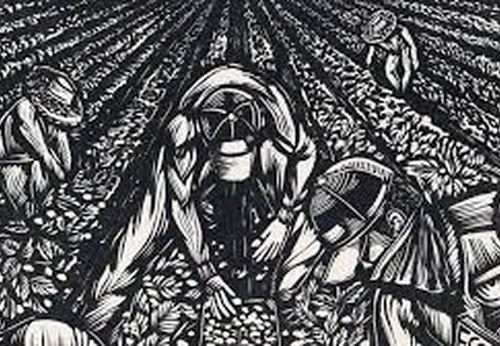
- November 27, 2025
Printmaking and its Tradition in Mexico and Chile
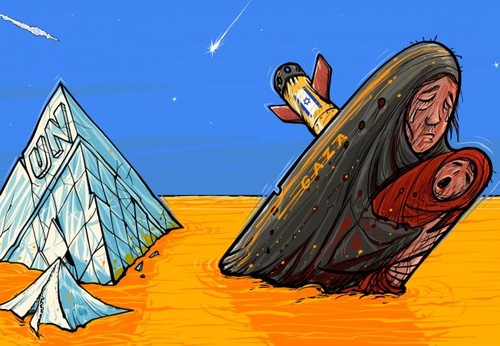
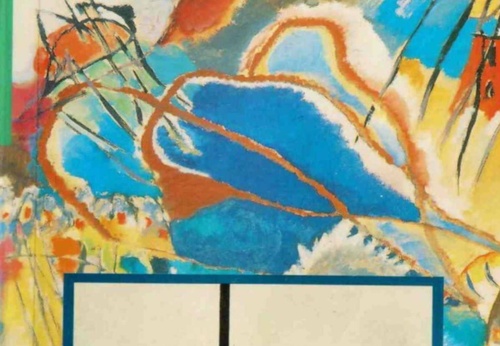
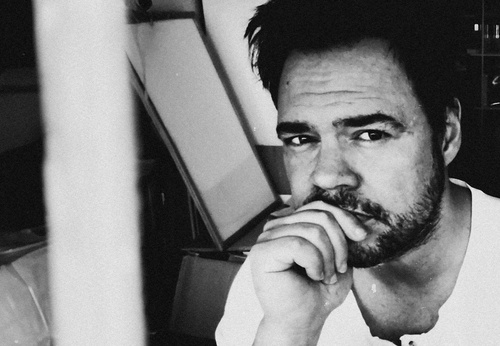
- November 27, 2025
Javier Muñoz - Argentina

- November 26, 2025
Frida Kahlo Breaks World Auction Record

- November 23, 2025
Latin American Abstract Painting: From …

- November 23, 2025
Pinta Miami Celebrates 19 Years of Lati…

- November 23, 2025
Upcoming Kahlo auction could fetch up t…

- November 20, 2025
An auction in Bogotá

- November 20, 2025
Klimt Breaks Record at Sotheby’s

- November 19, 2025
Pinta Miami celebrates its 19th edition…

- November 18, 2025
Artists and galleries from Brazil and L…

- November 17, 2025
"Painting in Mexico Today Is More Alive…

- November 17, 2025
Paris Photo Exhibits Iconic Collection …

- November 16, 2025
Art Exhibition in Bogotá

- November 15, 2025
Frida Kahlo's 'The Dream (The Bed)' Exp…

- November 12, 2025
Brescia, an exhibition of works by the …

- November 12, 2025
Uruguayan Artist Joaquín Torres García …

- November 11, 2025
Painting in Mexico Today Is More Alive …

- November 11, 2025
Oaxacan School Dominates Latin American…

- November 10, 2025
Artweek 2025 Celebrates a Decade of Art…

- November 10, 2025
Pop Brasil Arrives at Malba with Over 1…

- November 10, 2025
Adriana Cisneros Pays Tribute to Latin …

- November 10, 2025
Mira Art Fair 2025

- October 08, 2023
Illustrations reflect the brutal Israel…

- December 25, 2023
The jury statement of the Iran-Brazil F…

- July 29, 2023
History of Caricature in Brazil

- March 21, 2024
The history of art in Palestine

- September 01, 2023
Neural Filters in new photoshop 2023

- May 22, 2025
Brady Izquierdo’s Personal Exhibition O…

- April 20, 2024
Poignant Image of Grief Wins Mohammed S…

- June 29, 2024
Exhibition at Centro MariAntonia contra…

- October 21, 2023
Erick Meyenberg and Tania Ragasol at th…

- February 18, 2024
7 Ways to Understand What Visual Arts A…

- May 15, 2024
Eleven murals for Gaza painted across t…

- August 09, 2023
Venezuela mural expresses solidarity wi…

- March 30, 2024
illustration websites in Latin America

- March 14, 2024
museum of statue of van gogh

- March 15, 2024
museum of sculpture of Salvador Dali

- May 20, 2024
Latin American Festival of Performing A…

- May 25, 2025
Bordalo II to hold exhibition in Paris …

- October 23, 2023
Photos by José Luis Díaz of the march o…

- May 27, 2025
Works by Botero, Grau, and 80 other imp…

- December 01, 2023
Latin American International Graffiti F…

- May 15, 2024
Eleven murals for Gaza painted across t…

- February 18, 2024
7 Ways to Understand What Visual Arts A…

- January 02, 2025
13 commemorations that will mark the cu…

- October 17, 2023
The influence of Latin American artists…

- February 03, 2024
THE HISTORY OF NAIF ART

- October 08, 2023
Illustrations reflect the brutal Israel…

- July 02, 2024
One of the largest urban art galleries …

- November 17, 2023
Fernando Botero's work is booming after…

- July 29, 2023
Piracicaba International Humor Exhibiti…

- November 06, 2023
Heba Zagout: Palestinian artist murdere…

- December 25, 2023
The jury statement of the Iran-Brazil F…

- December 10, 2023
Sliman Mansour and Palestinian art on t…

- February 01, 2025
A maior exposição de Botero em Barcelona

- March 14, 2024
museum of statue of van gogh

- March 21, 2024
The history of art in Palestine

- July 20, 2024
First International Mail Art Biennial 2…

- April 20, 2024
Poignant Image of Grief Wins Mohammed S…

- October 30, 2023
Palestinian turns images of the Gaza co…

- September 01, 2023
Neural Filters in new photoshop 2023

- February 08, 2024

